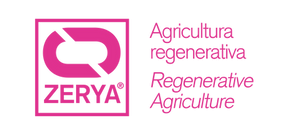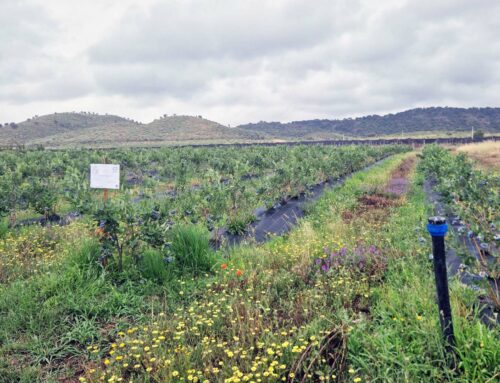The European Union has recently launched a series of measures to protect the quality and health of soils, which are essential for food production and biodiversity conservation. Among these measures are new policies to recover and prevent erosion and the misuse of nitrogen and phosphorus, two key nutrients for plant growth, but which can also cause soil contamination and degradation if applied in excess or inappropriately.
Nitrogen and phosphorus are natural elements found in air, water and soil, and are part of the biogeochemical cycles that regulate life on the planet. However, human activities, such as intensive agriculture, livestock farming, industry and transportation, have altered these cycles and have led to an increase in the emission and use of these nutrients, especially in the form of chemical fertilizers or animal manure. This has generated an imbalance between the supply and demand of nitrogen and phosphorus, resulting in a loss of efficiency and an accumulation of these elements in the environment, with serious consequences for human health and ecosystems.
The problems associated with excess nitrogen and phosphorous include eutrophication of surface and groundwater, which causes algae blooms and a decrease in dissolved oxygen, affecting aquatic life; acidification of the soil, which reduces its capacity to retain water and nutrients, favoring erosion and loss of fertility; increased greenhouse gas emissions, such as nitrous oxide or methane, which contribute to climate change; and air pollution from fine particles or ammonia, which can cause respiratory diseases or lead to respiratory illnesses; increased emissions of greenhouse gases, such as nitrous oxide and methane, which contribute to climate change; and air pollution by fine particles or ammonia, which can cause respiratory or cardiovascular diseases.
To address this situation, the European Union has proposed a series of actions within the European Green Pact, a strategy to achieve a green and sustainable transition in all economic sectors. These actions include the Biodiversity Strategy 2030, which aims to restore at least 25% of agricultural land with ecological systems that improve soil quality and reduce fertilizer use; the Farm to Fork Strategy, which aims to reduce the use and risk of chemical fertilizers by at least 20% and nutrient losses by 50% by 2030; and the Zero Pollution Action Plan, which seeks to improve the control and management of nitrogen and phosphorus in all sectors involved.
These European policies seek to promote more efficient and sustainable management of nitrogen and phosphorus, based on the principle of circular economy, which involves minimizing waste generation and making the best use of available resources. This involves implementing measures such as the rational use of fertilizers, adapting doses and times of application to the real needs of plants; the promotion of agroecological practices, such as crop rotation, the use of green manures or organic agriculture; the recycling and valorization of organic waste, such as composting or biogas production; or the development and technological innovation to improve the monitoring and measurement of nitrogen and phosphorus in soil and water.
These measures are expected to achieve a range of environmental, economic and social benefits, such as improving soil and water quality, increasing agricultural productivity and food security, reducing greenhouse gas emissions and improving human health. In addition, the aim is to promote greater cooperation between the different actors involved, such as farmers, industries, public administrations and civil society, in order to achieve integrated and participatory governance of nitrogen and phosphorus. This will contribute to achieving the Sustainable Development Goals of the United Nations 2030 Agenda and ensure a greener and healthier future for all.






